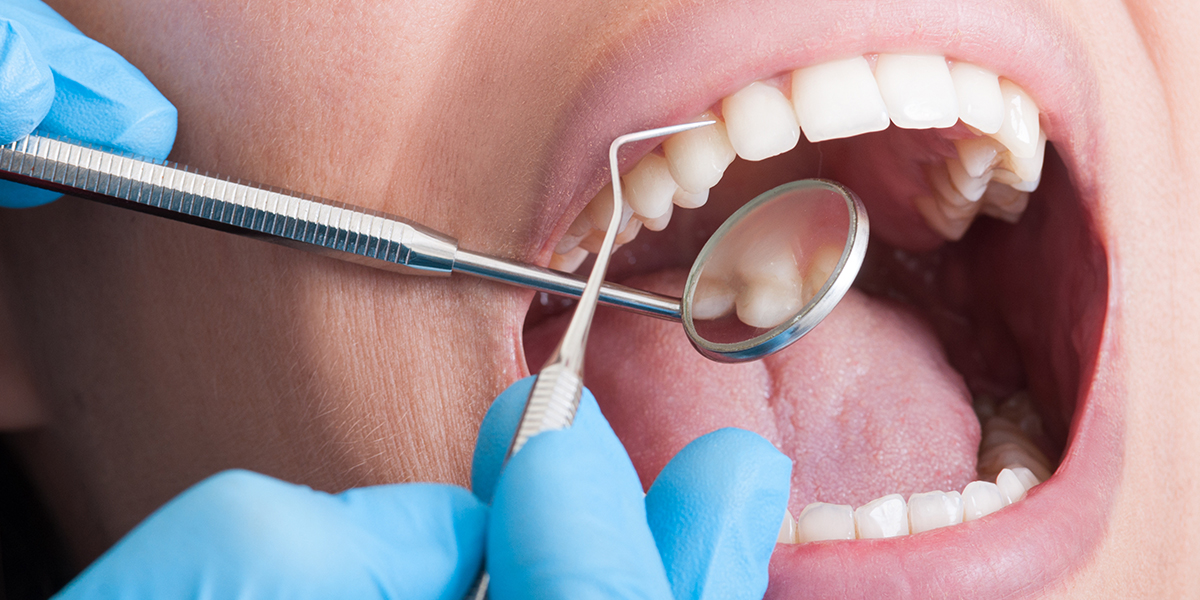Dental cavities, often insidious in their onset, manifest in various ways before evolving into significant problems. Recognizing the signs and symptoms early is crucial for successful treatment. In this comprehensive exploration, we will delve into the nuanced indicators that could signal the presence of dental cavities. Early detection is the key to effective treatment, so stay informed about what your mouth might be trying to tell you.
Understanding the Stealthy Onset of Dental Cavities
Dental cavities, scientifically known as dental caries, are a common oral health concern that can silently progress without noticeable symptoms in their initial stages. As a result, awareness of the subtle signs is essential for identifying cavities early on and preventing them from developing into more severe dental issues.
- Tooth Sensitivity: Unmasking the Early Warning Signal
Increased tooth sensitivity is one of the earliest and often overlooked signs of dental cavities. You may notice discomfort or pain when consuming hot, cold, sweet, or acidic foods and beverages. This sensitivity occurs as the enamel, the tooth’s protective outer layer, erodes, exposing the more sensitive inner layers.
Understanding the nuances of tooth sensitivity can help individuals recognize this early warning signal and seek professional advice promptly. Addressing tooth sensitivity in its initial stages can prevent further enamel erosion and the progression of cavities.
- Visible Holes or Pits: Unveiling Structural Changes
As dental cavities advance, they can create visible holes or pits on the surface of the affected teeth. These structural changes may be detectable through regular visual inspections by the individual or during professional dental check-ups.
The importance of regular dental examinations cannot be overstated, as dentists are trained to identify these subtle changes that may not be immediately apparent to the individual. Detecting visible signs of cavities allows for timely intervention and prevents the need for more extensive dental procedures in the future.
- Persistent Toothache: Decoding Ongoing Discomfort
A persistent, throbbing toothache, particularly when biting down or applying pressure, may indicate the presence of a dental cavity. This ongoing discomfort often suggests that the cavity has progressed to a point where the nerves within the tooth are affected.
Ignoring persistent toothache can lead to more extensive damage and potentially result in the need for root canal therapy or tooth extraction. Recognizing the significance of ongoing dental pain encourages individuals to seek professional evaluation and intervention.
- Discoloration or Stains: A Visual Clue to Cavities
Changes in the color of the teeth, such as white spots, brown stains, or dark pits, may indicate dental cavities. These visual cues, although subtle, can be significant indicators that merit attention.
Understanding the various forms of discoloration associated with cavities allows individuals to proactively seek dental care. Whether through regular visual checks at home or professional dental examinations, identifying discoloration contributes to timely intervention and cavity prevention.
- Bad Breath: Unraveling the Connection to Cavities
Persistent bad breath halitosis can be linked to dental cavities. Bacteria associated with cavities release compounds that contribute to unpleasant breath odor.
Recognizing the connection between bad breath and cavities underscores the importance of addressing oral hygiene and seeking professional dental advice. Effective oral care practices, including regular brushing, flossing, and professional cleanings, can help manage bad breath associated with cavities.
- Pain when Eating Sweets: Unmasking Enamel Erosion
Experiencing sharp pain when consuming sugary foods can be a telltale sign of enamel erosion or dental cavities. This discomfort arises as the acids produced by bacteria in the mouth contribute to the breakdown of tooth enamel.
Understanding the connection between sweet-induced pain and dental cavities emphasizes the need for dietary awareness and proactive oral care. Limiting sugar intake, adopting proper oral hygiene practices, and seeking professional guidance contribute to cavity prevention.
The Importance of Early Detection for Successful Treatment
When understood and recognized early, the signs and symptoms of dental cavities provide individuals with the opportunity for successful treatment and prevention of further complications. Early detection is not only essential for maintaining oral health but also for preserving overall well-being.
The Role of Regular Dental Check-ups
Regular dental check-ups, typically recommended every six months, play a crucial role in the early detection of dental cavities. Professional dental examinations, often accompanied by X-rays, allow dentists to assess the condition of the teeth identify.

